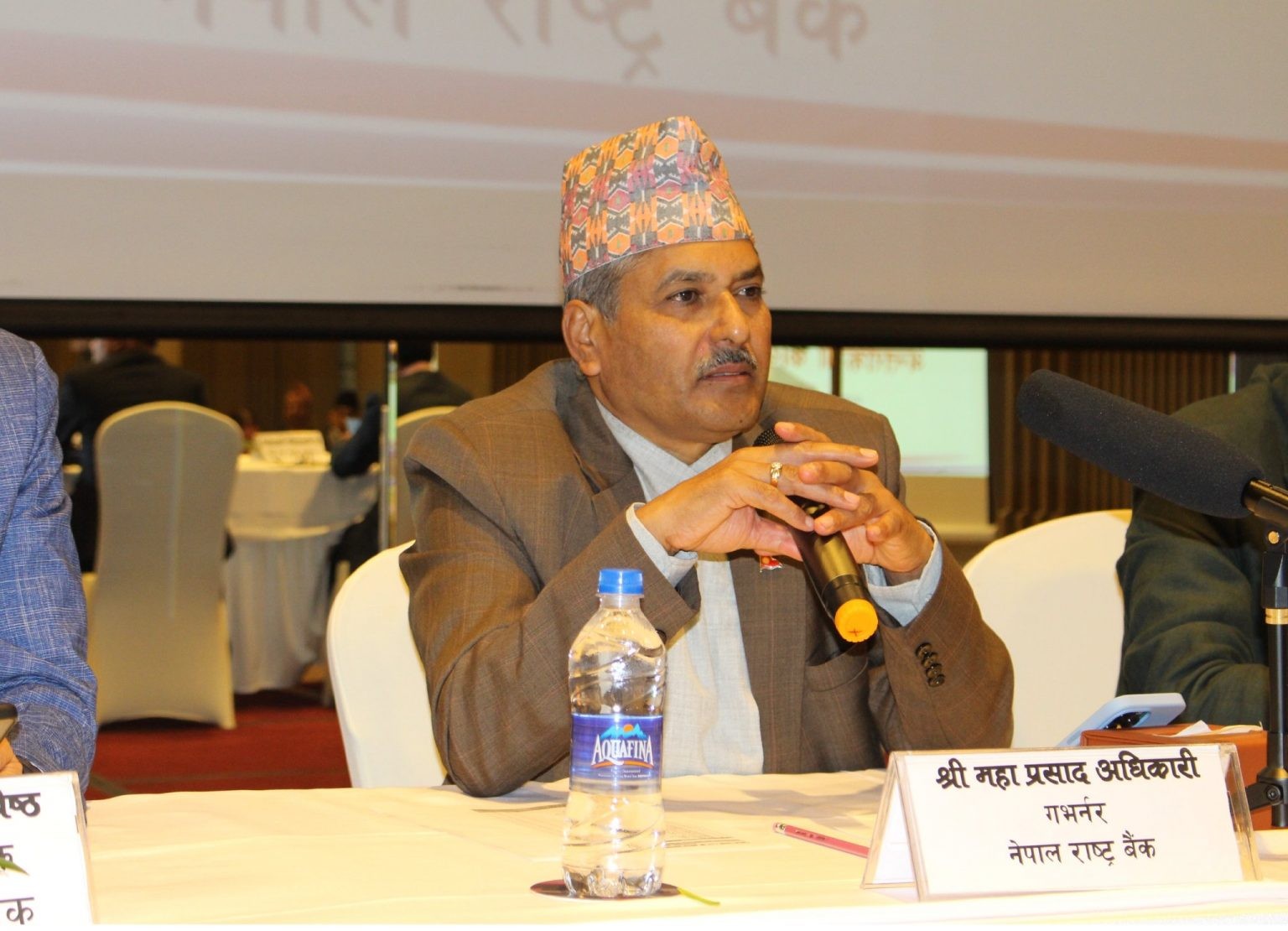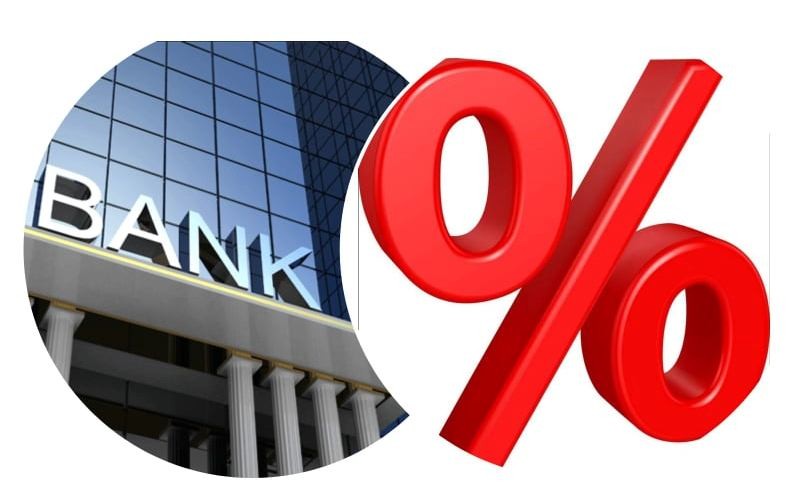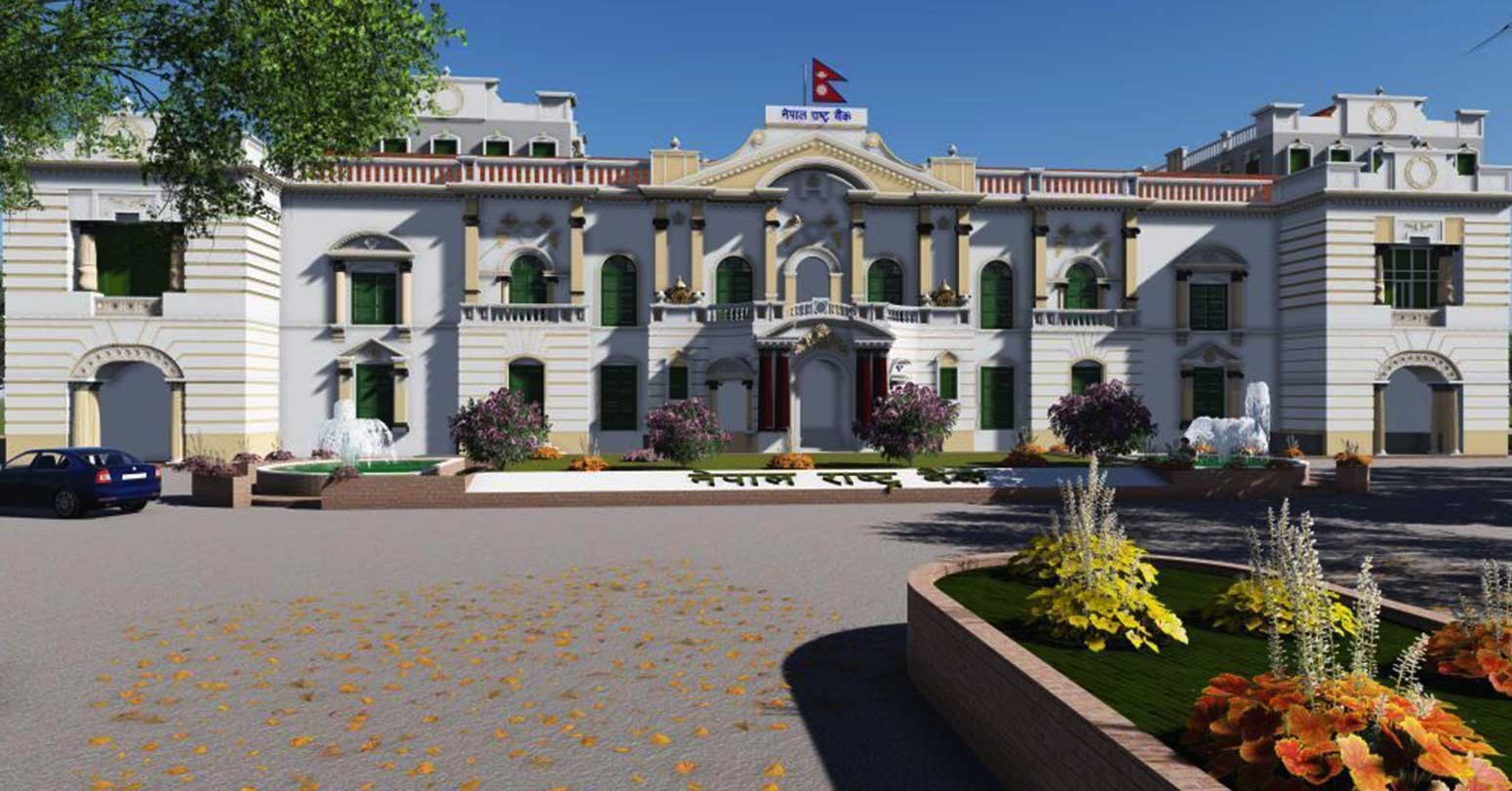Current state of the economy and monetary policy of Nepal - Maha Prasad Adhikari, Governor
Dec Mon 2023 01:52:40
1354 views

Economic activity has been affected due to the increase in prices in the international market, disruptions in the supply chain and slackness in overall demand. According to the National Statistics Office, last year's economic growth rate will be limited to 1.86 percent. The World Bank predicts that this growth rate will be 3.9 percent in the current financial year. It is expected that the economic activity will continue due to the increase in hydropower production, the significant progress in tourism flow and the improvement in credit expansion to the private sector.
Inflationary pressure since the last financial year has gradually decreased recently. However, average consumer inflation is above the expected level. The average consumer inflation for the three months of the current financial year is 7.74 percent, while the consumer inflation in October 2080 is 7.50 percent. Although there are some challenges, it is expected that inflation will remain within the limit by the end of the current financial year due to the gradual decrease in the price of petroleum products in the international market, the significant decrease in consumer inflation in India, the decrease in overall demand and the expansion of the money supply at the estimated level.
Government finances are under pressure due to increasing current expenditure, low capital expenditure and low revenue mobilization. There is a challenge in government finance management because total revenue mobilization is less than current expenditure. In the last fiscal year, total government expenditure increased by 9.1 percent, while revenue mobilization decreased by 9.3 percent. In the three months of the current financial year, government expenditure has decreased by 0.4 percent and only 15.6 percent of the total allocation has been spent, while revenue mobilization has increased by 5 percent and 15.4 percent of the total target has been collected. Compared to the allocated budget, there is no progress in the government's expenditure situation and the capital expenditure is low.
The amount of public debt has increased at an increasing rate. However, compared to the size of the economy, it is still at an acceptable level. According to the data of the Public Debt Management Office as of October 2080, the total public debt has reached 23 trillion 40 billion. The ratio of total public debt to gross domestic product is 43.5 percent, while the ratio of external debt to gross domestic product has reached 21.5 percent. Since the fiscal space is convenient and more than three-fourths of the total external debt is multilateral concessional debt, it seems that the ability of the government to pay the external debt will remain easy.
Imports have returned to normal, remittance flows have increased significantly and the external sector has been stabilized due to prudent use of monetary instruments. With the improvement in the external sector, foreign exchange reserves have reached the highest level so far. In the three months of the current financial year, the current account is in surplus of 99 billion, while the current account is also in surplus of 59 billion. During the review period, imports increased by 1.7 percent and remittances increased by 30 percent. Tourism arrivals have increased by 46 percent and returned to pre-Covid-19 levels. Tourism income has also increased by 51 percent. Taking the imports up to October 2080 as the basis, the banking sector has enough foreign exchange reserves to cover 10.3 months of imports.
With the aim of contributing to economic development by increasing domestic production, the Central Bank has been implementing a directed loan program to focus the investable funds available in the financial sector on the productive sector. According to this, the commercial bank has arranged that 15 percent of the total credit investment should be invested in the agriculture sector, 10 percent of the credit in the energy sector and 15 percent of the credit in the micro, domestic, small and medium enterprise sector until the end of June 2084. Even the development banks and finance companies have to invest 20 percent and 15 percent respectively of the total loan investment in the productive sector by the end of June 2084. By the end of October 2080, commercial banks have provided loans of 29.79 percent in agriculture, 7.21 percent in energy, and 9.27 percent in micro, domestic, small and medium enterprises.
With the increase in savings, more liquidity has been created in the banking sector. With more liquidity, short-term interest rates are decreasing and long-term interest rates are decreasing. Deposits in the banking sector are increasing due to savings. Along with this, the interest rate of the 91-day treasury bill, which has reached double digits, has doubled, while the interbank interest rate, which is the operational target of the monetary policy, has significantly decreased to around 2 percent at the end of October 2080. As a result of this, the long-term interest rate and especially the loan interest rate is gradually decreasing.
Along with the relaxation in economic activities, there has been an increase in non-performing loans of banks and financial institutions. Due to the contraction in economic activity, weak business conditions and financial chaos, when the loan recovery rate of banks and financial institutions decreases, non-performing loans are increasing, while the ratio of capital and risk-weighted assets is decreasing. The non-performing loans of banks and financial institutions were 3.02 percent at the end of June 2080 and reached 3.66 percent at the end of October 2080.







